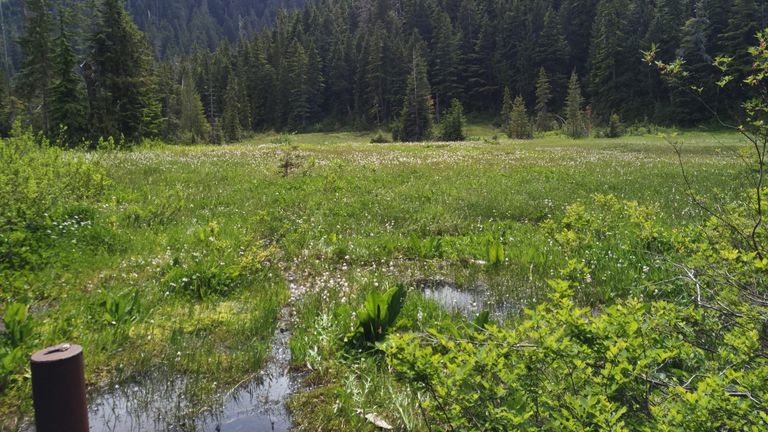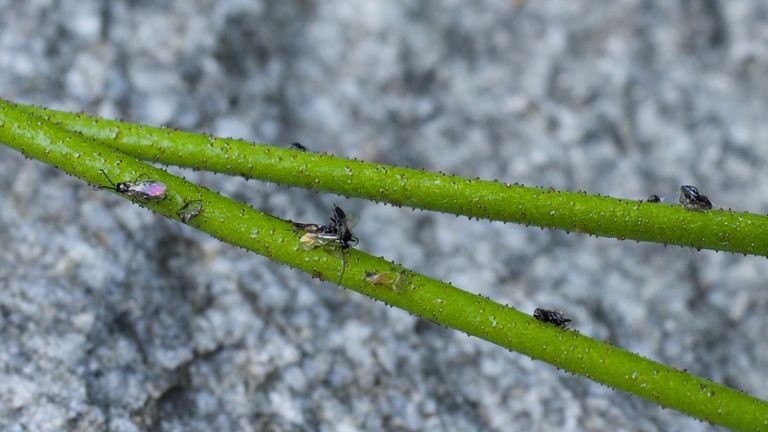Scientists have discovered a new lineage of carnivorous plants found in close proximity to urban areas on the Pacific coast of North America.
Charles Darwin studied carnivorous plants as part of a series of works related to his theory of evolution by natural selection, but since his time only 11 independent lineages had been recognised.
Now researchers have found a new lineage with a unique trap for capturing its prey, and say that its proximity to major urban centres suggests that similar plants may remain to be discovered.
The herb, called triantha occidentalis, was previously known to science although nobody had realised that it was carnivorous – making it the first identified by botanists in 20 years.
A new study published in the Proceedings of the Natural Academy of Sciences describes how it captures prey using a sticky trap which grows adjacent to its flowers.
This could potentially cause the plant to undermine its own pollination, but the tiny glandular hairs only capture small insects instead of the large bees and butterflies.
Researchers from the University of British Columbia (UBC) and University of Wisconsin-Madison found the plant growing in nutrient-poor, boggy but bright areas on the west coast of North America, from California to Alaska.
“Carnivorous plants have fascinated people since the Victorian era because they turn the usual order of things on its head: this is a plant eating animals,” said co-author Dr Sean Graham.
“We’re thrilled to have identified one growing right here in our own backyard on the west coast,” added Dr Graham, a professor in the department of botany at UBC.
“What’s particularly unique about this carnivorous plant is that it traps insects near its insect-pollinated flowers,” said lead author Dr Qianshi Lin, who was a PhD student at UBC botany at the time of the study.
“On the surface, this seems like a conflict between carnivory and pollination because you don’t want to kill the insects that are helping you reproduce,” he added.
To investigate whether the plant was carnivorous, Dr Lin attached fruit flies labelled with nitrogen-15 isotopes to its flowering stem.
“The label acted like a tracking device, allowing Dr Lin to trace changes in nitrogen uptake by the plant,” the university explained.
“He then compared the results with those from similar experiments on other species that grow in the same area, including a recognised carnivorous plant (a sundew) and several non-carnivorous plants as controls.
“Isotopic analysis showed significant uptake of nitrogen by triantha, which obtained more than half its nitrogen from prey – comparable to sundews in the same habitat, and other carnivorous plants elsewhere.”
“We believe that triantha is able to balance carnivory with pollination because its glandular hairs are not very sticky and can only trap midges and other small insects,” explained Dr Tom Givnish.
This means that “the much larger and stronger bees and butterflies that act as its pollinators are not captured,” added Dr Givnish, a professor in the department of botany at the University of Wisconsin-Madison.


